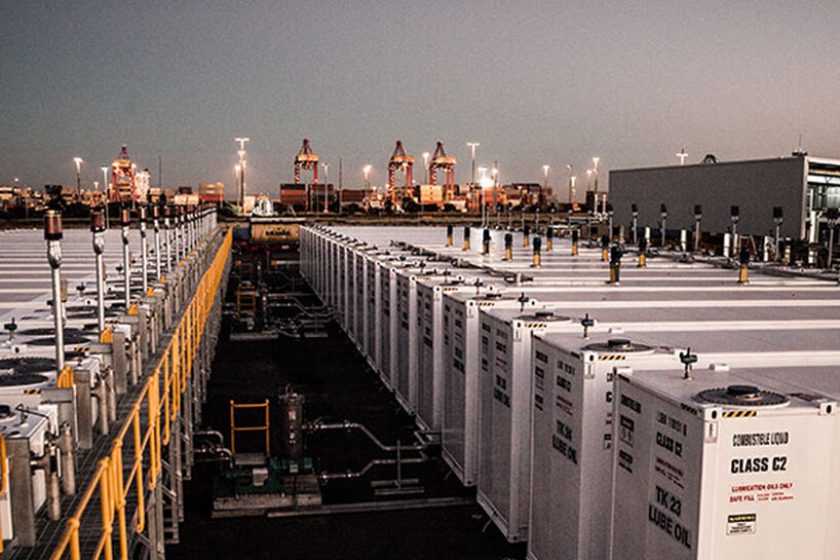Australia’s vast landscape relies on a steady flow of diesel to keep its economy moving. From powering agricultural machinery to fuelling transportation networks, diesel distribution is the lifeblood of many industries across the country. In this article, we’ll explore the intricacies of diesel distribution in Australia, examining its importance, challenges, and the path forward.
The Vital Role of Diesel Distribution
Diesel distribution serves as the backbone of Australia’s energy infrastructure, enabling the transportation of goods and the provision of electricity, particularly in remote areas. Despite its significance, the distribution process faces various obstacles, including logistical hurdles, fluctuating oil prices, and environmental concerns. However, through collaboration and innovation, the industry continues to adapt and evolve.
Navigating the Supply Chain
At the heart of diesel distribution lies a complex supply chain involving refineries, transportation networks, and distribution terminals. Refineries produce the diesel fuel, which is then transported via pipelines, road tankers, and railroads to distribution points across the country. From there, distributors ensure that diesel reaches end-users, including farms, mining sites, and remote communities. Effective coordination and investment in infrastructure are essential for optimising this intricate supply chain.
Embracing Technological Advancements
Technology plays a pivotal role in enhancing the efficiency and sustainability of diesel distribution. GPS tracking systems help optimise delivery routes, reducing fuel consumption and emissions. Meanwhile, fuel additives improve engine performance, prolonging equipment lifespan and minimising environmental impact. Additionally, the emergence of renewable diesel offers a cleaner alternative to traditional fossil fuels, aligning with Australia’s goals for a greener future.
Adapting to the Changing Landscape
As Australia transitions towards renewable energy sources, the role of diesel distribution is evolving. While diesel will remain essential in certain sectors, the industry is embracing renewable alternatives and exploring innovative solutions to reduce its environmental footprint. By investing in research and infrastructure, Australia can ensure a smooth transition to a more sustainable energy landscape, while maintaining the reliability and efficiency of diesel distribution.
Conclusion
Diesel distribution is a cornerstone of Australia’s energy infrastructure, supporting vital sectors and driving economic activity across the country. Despite facing challenges, including logistical constraints and environmental concerns, the industry continues to innovate and adapt. Through collaboration, investment, and technological advancements, Australia can navigate the complexities of diesel distribution, ensuring a steady supply of energy while reducing its environmental impact. As we look towards the future, a commitment to sustainability and innovation will be key to shaping a resilient energy landscape for generations to come.





